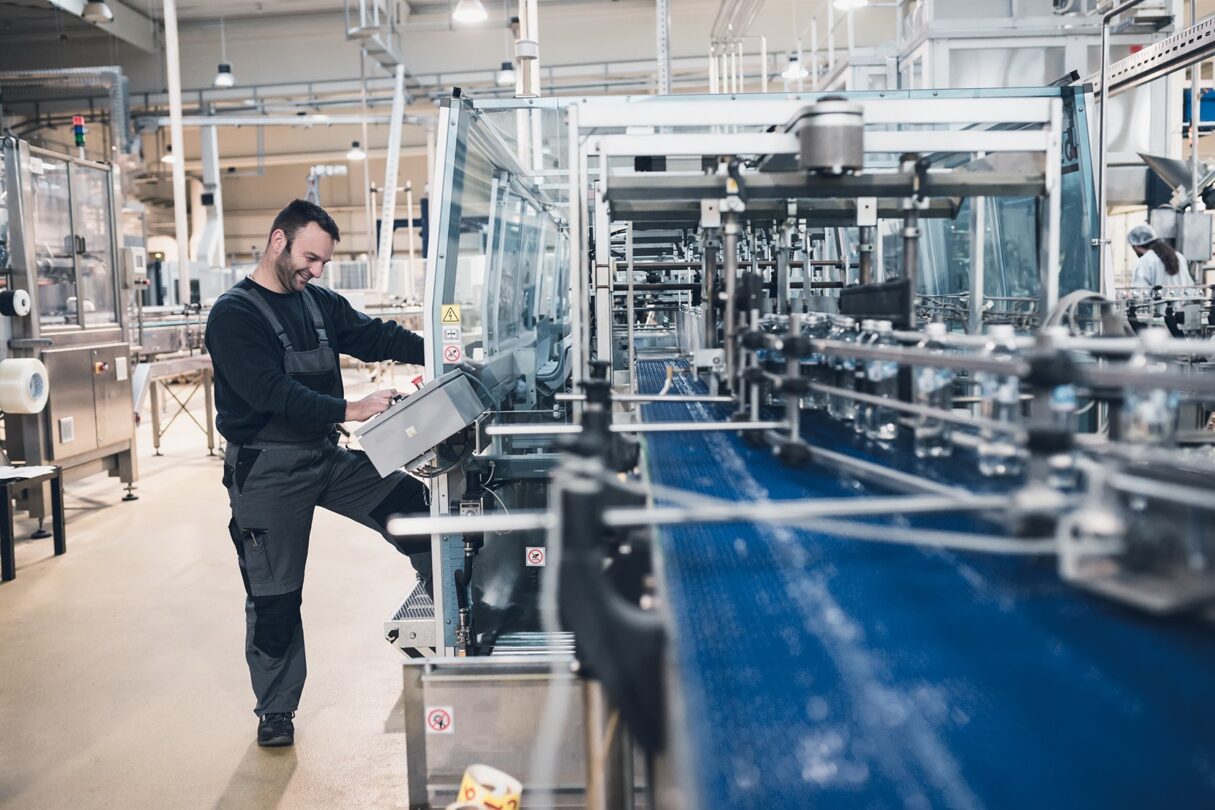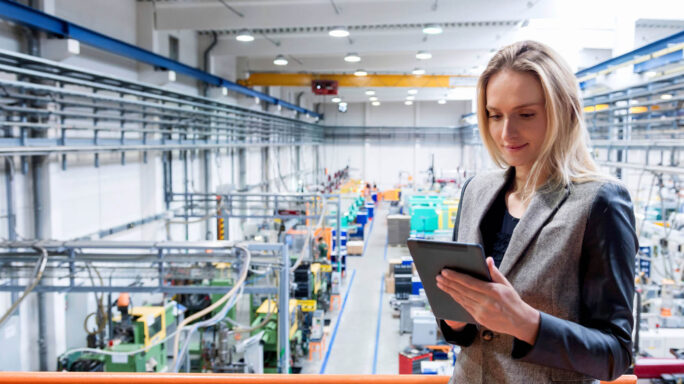Money Matters
Three questions to ask before investing in new business equipment

Our tax code has an undulating history when it comes to incentivizing businesses to invest in new equipment. Before 1986, there were several methods of depreciation.
That all changed as depreciation was changed to “cost recovery” and concepts were established including “bonus” depreciation, accelerated and modified-accelerated, alternative depreciation systems including adjustments for the dreaded Alternative Minimum Tax (AMT), Section 179 expensing options and incentives associated with investment tax credits.
The 2017 Tax Reform Act (TRA) changed many of the provisions associated with equipment purchases, depreciation, expensing elections, and associated business benefits. The limits for expensing under Section 179 have increased to $2.5 million dollars and an effective 100% bonus depreciation. While expensing and bonus may appear to be the same thing, they are different as it relates to tax return attributes including AMT.
The TRA is business-centric. By increasing the accelerating methods for depreciation, for the majority of privately held businesses, acquiring equipment is nearly equivalent to any other expense except that the benefits of smart equipment purchases are redeemed over years and sometimes decades. There are several fundamental considerations for any significant equipment acquisition.
Sage Fixed Assets - 2021 Year-End Planning
It's time to start thinking about year-end close.
Join us on Thursday, October 28 at 2 PM ET to make sure you are prepared for year-end activities related to your company's capital assets.

We advise entrepreneurs and their management to consider these three questions:
1. What benefits will the new equipment provide?
Consider these and other operational improvements when weighing up the benefits of new equipment for your business:
- greater uptime
- improved operating efficiencies
- energy conservation
- state or local incentives
- changes to productivity
- quality enhancements
- scalability
- product line expansions
- estimated lifespan
2. What costs will be incurred?
Consider the impacts on these and other areas when introducing new equipment:
- cash flow
- financing (if applicable)
- costs of integrating the equipment into current operations
- employee disruption and retraining
- learning new quality controls
- potential rework due to learning curves
- increased property taxes
- financial statement considerations including covenant coverage and financial ratios
- the impact to equity owners
- the risk of technological obsolescence
3. How should the equipment be acquired?
Considerations include the entity type and its independent tax rate, tax rate arbitrage (for example, corporate rates receive a 21% benefit and individual rates a 37% benefit, so it could make sense to have the owners or management acquire the equipment and rent it to the business), should the equipment be leased and if so, what type of lease (operating or capital) and should it be paid from retained earnings or financed under an installment loan?
While the above considerations aren’t inclusive, they should provide much of the inherent analysis that any successful entrepreneur and management team should undertake before investing material amounts into new equipment.
Top fixed asset management strategies
No organization can afford to manage their fixed assets based on spreadsheets and assumptions. Download our guide for best-in-class fixed asset management strategies to help you track, maintain, and depreciate your assets properly.

Don’t forget state taxes
Clearly, one of the benefits of acquiring new equipment under the new TRA is the immediate deduction for federal tax purposes. Caution must be expressed here as many states (California for example) don’t conform with the new rules. Failure to understand this easily creates situations where cash is spent, and state taxes are still payable. Candidly this comes down to the timing of when an expenditure is deductible rather than whether it is or isn’t deductible.
However, even the best tax planners sometimes forget the state and local cost considerations. Now, back years ago when bonus and expensing limits were lower, the timing difference between federal and state taxation regimes was considered immaterial, but when spending millions instead of thousands, the spread must be considered.
When to claim depreciation
An additional consideration for management and owners is when to claim the depreciation. Now that tax net operating loss carrybacks are disallowed, you should try to optimize marginal tax rates and their timing of deductions. Even though you can deduct the maximum values, it doesn’t mean you should. If the equipment is financed, deducting early saves current taxes but at the cost of guaranteeing negative cash flows for payments without an associated deduction.
While lenders and financial analysts understand cash flows, depreciation add-backs, and the infamous (and too-often sited) EBITA (Earnings before interest, taxes, depreciation, and amortization), many vendors don’t, so future trade credit terms and opportunities may be sacrificed if your depreciation expense overwhelms profitability.
Weighing up the benefits and burdens
The TRA is a windfall for equipment manufacturers, distributors, resellers, and especially for business owners that need new equipment. If you don’t need it or can’t benefit from it, then wait until you do or can. Otherwise, equipment and asset utilization planning is an imperative that all businesses should consider.
My best advice is to always consider both the benefits and the associated burdens of investing material amounts in new equipment. This is especially important when investing in technological equipment as the nature of technology is to move swiftly and in uneven ways. Successful and smart entrepreneurs constantly evaluate their entire business ecosystem and adjust when prudent and consider the smartest ways to benefit from their purchase.







Ask the author a question or share your advice